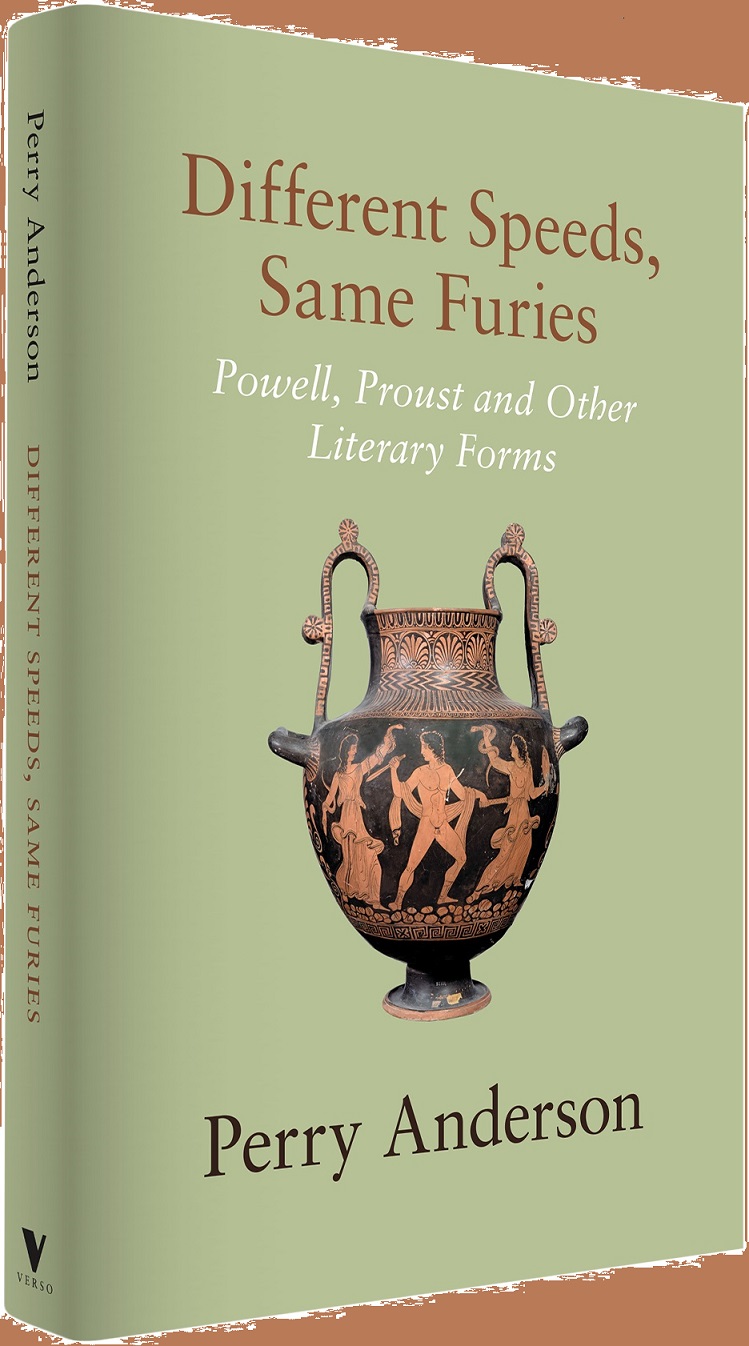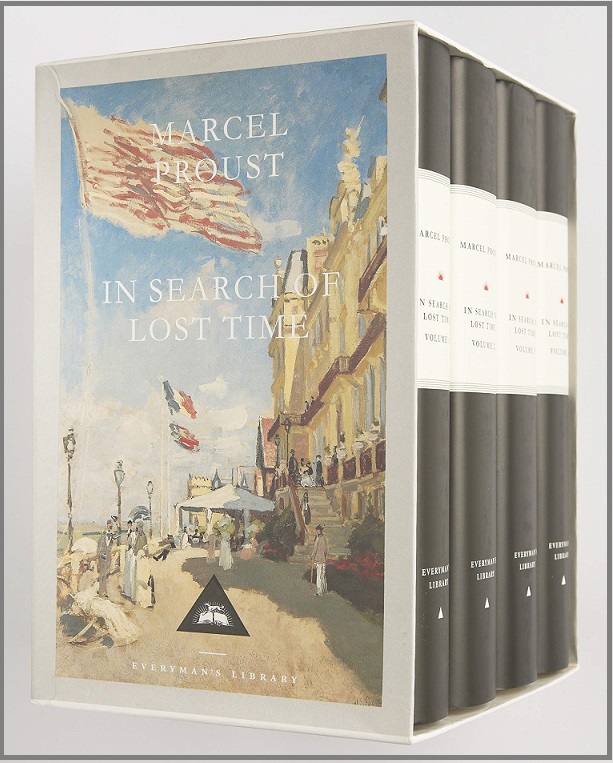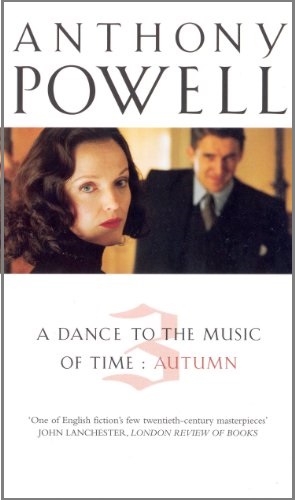Perry Anderson is a high-powered analyst of historical and political currents and it would be amiss to go through life without reading him but while “Different speeds, same furies” is not typical of his concerns it is characteristic in its intellectual prowess, clinical dissection and coolness of tone.
 Sean Sheehan
Sean Sheehan
The book consists of four essays on the novels of two writers – Marcel Proust’s “In search of lost time” and Anthony Powell’s “Dance to the music of time” (a sequence of twelve interconnected novels) – comparing and contrasting them to produce a judgement that is surprising.
He begins with Hilary Spurling’s biography of Powell (pronounced ‘pole’) and its failure to get beneath the surface appearance of a supremely urbane English author.
In his memoirs, apropos his reluctance to reveal much of himself, Powell observed that “not everyone can stand the strain of gazing down too long into the personal crater, with its scene of Hieronymus Bosch activities taking place in the depths”.
Proust’s famous novel is about the same length as the Dance novels but while thousands of books have dealt with it only a dozen books have been devoted to Powell’s.
 Anderson fully acknowledges Proust’s achievement – the monumental scale of the narrative, its characters’ intense interiority, mixing the comic and tragic, and the first prolonged treatment of same-sex relations in Western literature – but draws attention to its limiting perspective of time in purely existential terms. History is reduced to the stuff of romantic nostalgia and ‘the mystique of involuntary memory’ is “essentially defensive”, a bulwark against mutability and time’s irreversible signposting towards death.
Anderson fully acknowledges Proust’s achievement – the monumental scale of the narrative, its characters’ intense interiority, mixing the comic and tragic, and the first prolonged treatment of same-sex relations in Western literature – but draws attention to its limiting perspective of time in purely existential terms. History is reduced to the stuff of romantic nostalgia and ‘the mystique of involuntary memory’ is “essentially defensive”, a bulwark against mutability and time’s irreversible signposting towards death.
Powell also confronts existential matters but within the novels’ historical framework of 1914-1971, each decade is delineated with key events – Sarajevo to Versailles, Spanish Civil War, Munich, Second World War, Cold War – that embroil many of the 400 characters (300 in Proust).
 Politically, Powell was right-wing and liberals disliked his dismissal of post-war English fiction as insubstantial but his judgement on the kind of writers he had in mind –William Golding, Muriel Spark, Margaret Drabble, Iris Murdoch, and the Amises – has a lot going for it.
Politically, Powell was right-wing and liberals disliked his dismissal of post-war English fiction as insubstantial but his judgement on the kind of writers he had in mind –William Golding, Muriel Spark, Margaret Drabble, Iris Murdoch, and the Amises – has a lot going for it.
Anderson quotes approvingly the notion that “There is good reactionary art and there is bad reactionary art” and he argues that Powell’s ‘tonal parabola’ helps cement the architecture of twelve novels across time.
The result is “reactionary art” of a high order and there is a richness in Anderson’s comparison of the two writers, contrasting the hyperbole in Proust, whose humour is allied to satire, to litotes in Powell and his depiction of the more general comedy of life.
The final essay in this set of four provides an overview of the historical novel as a genre, ranging across Montesquieu’s “Persian letters”, Tolstoy, David Mitchell’s “Cloud Atlas” and Olga Tokarczuk’s “The Book of Jacob”. Putting these four essays together makes this a valuable book.
“Different speeds, same furies”, by Perry Anderson, is published by Verso.












.jpg)












